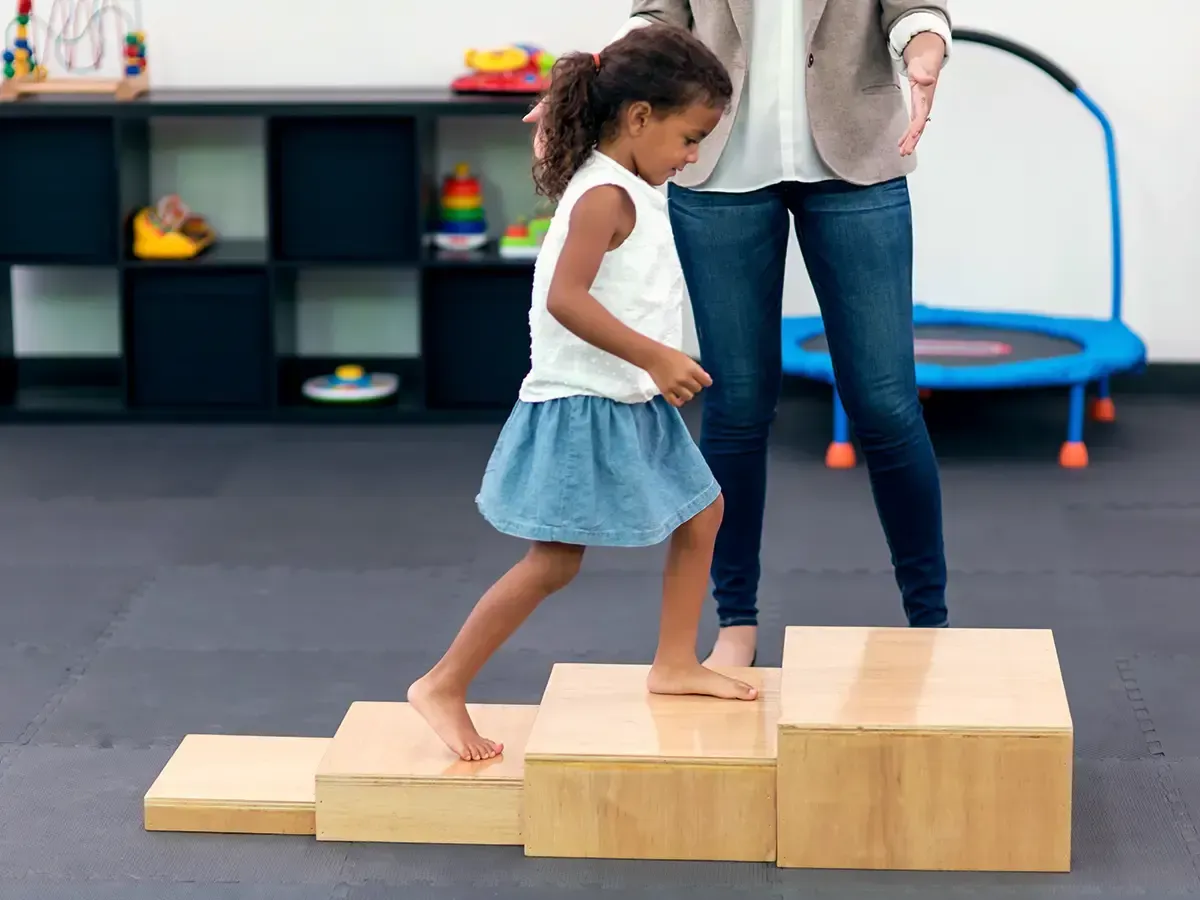How Gestalt Language Processing Can Unlock Verbal Breakthroughs
When it comes to therapy for autistic children, achieving verbal communication is a monumental milestone. One cutting-edge approach that’s been making waves is therapy focused on Gestalt Language Processing, especially in the realm of Speech Therapy and Applied Behavior Analysis (ABA) therapy. This unique top-down style of language acquisition has shown incredible promise as a pathway to better communication, particularly for children on the autism spectrum.
Unpacking Gestalt Language Processing
Traditionally speaking, neurotypical kids develop language through a bottom-up approach, think babbling leading up to complete sentences. But here’s where it gets interesting: some autistic children flourish with Gestalt Language Processing, which flips the script to a top-down model. As a result of this type of language development, children learn words or phrases as whole units rather than pieces - both immediate echolalia and delayed echolalia play a significant role here. This language development model is increasingly getting attention in ABA therapy programs at autism centers in Atlanta, enhancing how communication strategies are crafted.
Crafting Verbal Communication Through Gestalts
Gestalts, those complete chunks of language, act as vital tools for fostering verbal communication among autistic children. Phrases like “All done,” “I want more,” and “Let’s go!” become essential building blocks in their journey toward effective speech. These gestalts not only fill communication gaps but also lay down pathways for more sophisticated language use when paired with speech therapy and ABA therapy in Georgia.
Songs as Powerful Gestalts in Speech Therapy
Songs can be incredibly powerful gestalts within speech therapy settings. A captivating example from an autism center in Atlanta showcases a child who could only name animals while belting out “Old MacDonald.” This delightful form of scripting illustrates how Gestalt learning can manifest within musical frameworks. It highlights how certain phrases are embedded within broader lyrical contexts. Such innovative strategies breathe life into autism therapy by creating engaging avenues for meaningful interaction, often in conjunction with applied behavior analysis therapy.
Routine-Based Gestalts
Routine-based gestalts have emerged as true game changers for those navigating the world of gestalt language processing. These scripted expressions become integral during everyday activities like mealtime, bath routines, or bedtime rituals, think “Time_to_eat,” “Scrub_adubdub,” and “Sleep_tight.” These are more than simple phrases - they're keys to rich communication. Often working hand-in-hand with traditional ABA therapy and speech therapy, these routine-based strategies offer a comprehensive pathway toward effective language development in Georgia and elsewhere.
Success Stories from Autism Centers in Atlanta
Atlanta's specialized autism centers are witnessing firsthand just how impactful Gestalt Language Processing can be when it is . Real-life case studies reveal remarkable enhancements in children's verbal skills. The success stories speak volumes about combining routine-based gestalts with established speech therapy programs to nurture robust language development. As these centers continue refining their approaches focused on applied behavior analysis therapy, they’re setting new standards for innovation within autism treatment.
Empowering Verbal Expression at The Therapy & Learning Center of Georgia
In the vibrant world of therapy for autistic children, unlocking verbal expression feels like celebrating a victory shared by therapists, parents, and kids alike. With its emphasis on holistic language units, therapy focused on using Gestalt Language Processing as a tool, stands out as an invaluable catalyst on this path forward. As ABA therapy evolves throughout Georgia and beyond, embracing this methodology isn’t just an option - it’s truly transformative when it comes to nurturing effective communication skills!
The
Therapy & Learning Center of Georgia is dedicated to enriching lives by offering multidisciplinary services tailored specifically for developmental challenges, including social interactions, communication hurdles, language processing difficulties, and even swallowing disorders. If you want your child to experience those crucial verbal breakthroughs we’ve discussed today, don’t hesitate to reach out at
(678) 824-2145. We're here to help!





